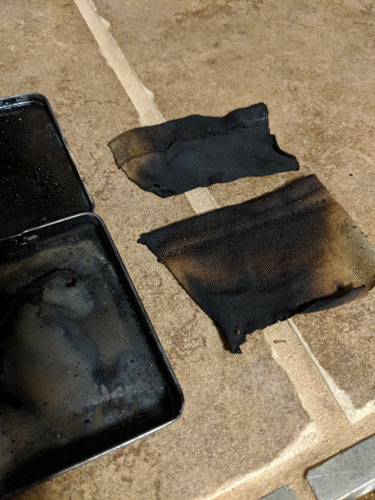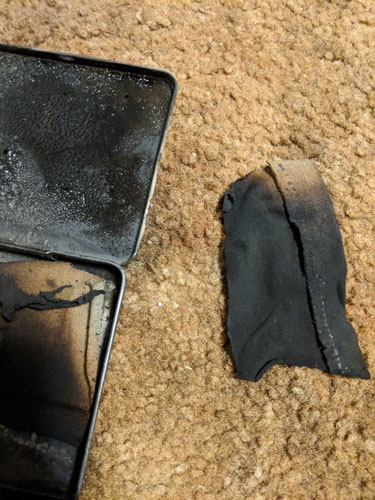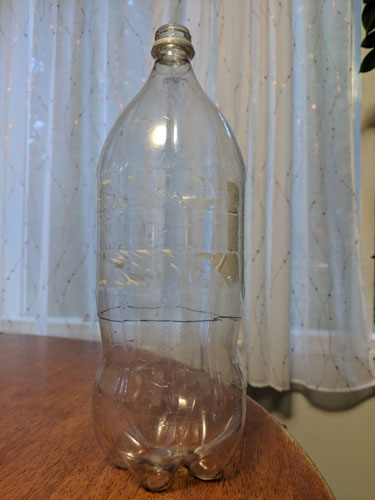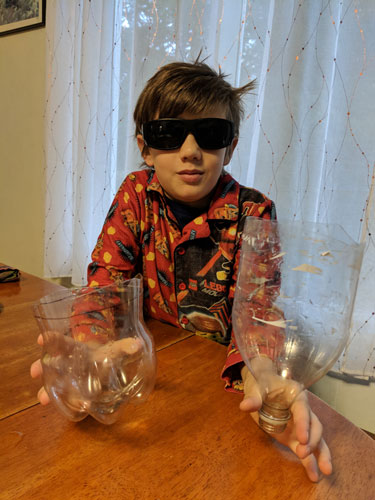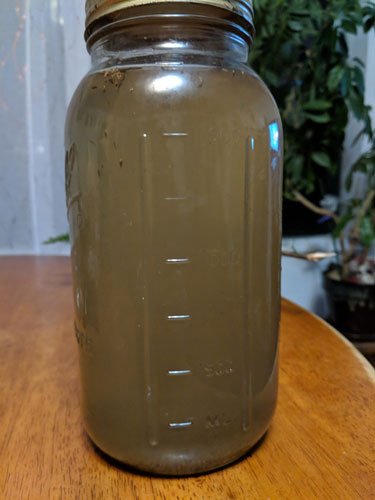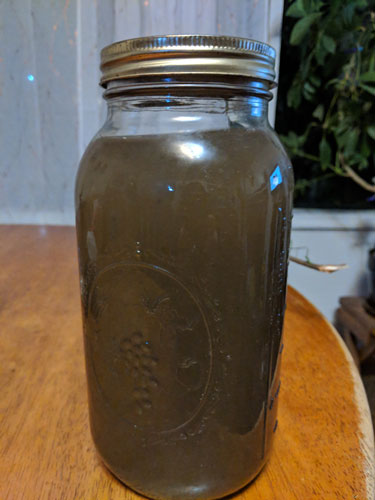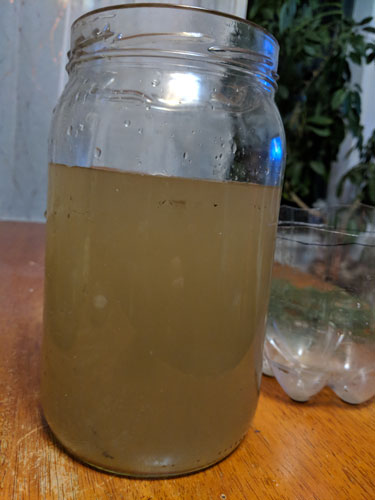Some fire starter systems rely on char cloth. I wrote about the fire piston that I bought a while ago as one of some backup fire starter systems to have on hand. I like the fire piston, but it requires some type of tiny piece of tinder and char cloth is recommended. You can buy char cloth online for relatively inexpensively. But I’m here to show you how easy it is to make your own. I bought some online for about $7 and then paid $5 or so for shipping, so with these instructions here you can save that money and make a lot more char cloth than what you could buy for that amount of money.
Even if you don’t have a fire starter system that relies on char cloth, it’s still nice to have char cloth on hand. It catches fire easily and a large enough piece can stay lit long enough to get your other tinder alight.
Char cloth is made through a process called pyrolysis. this means that the material has been heated without the presence of oxygen, so it stopped short of burning up through combustion (which requires oxygen to occur). Because the material has been partially burned already, it catches fire readily and smolders with a low flame that makes it ideal for fire starting.
First things first … gather your materials. You need:
- 100% cotton fabric. I went to the thrift store and looked in the men’s section until I found a 2 XL 100% cotton t-shirt and bought that for a couple of bucks. 100% cotton denim jeans can also work, but because the fabric is thicker it will take longer in the fire and you’re slightly more at risk that your material will combust rather than burn through pyrolysis.
- a sealable tin like an Altoids tin or metal bandaid can. I had a small cigar tin that I’ve been holding on to for the purpose of making char cloth.
- scissors
- You need a fire that’s already going.
- tongs or something to get your hot tin out of the fire.
- That’s it.
The size of the piece you can make is dictated by the size of your tin. A larger tin holds a larger piece of fabric. Cut your fabric to the size and shape of your tin.

Most of the instructions will tell you to poke a tiny hole in your tin. This tiny hole allows the gases to escape without allowing oxygen or flame to get into your tin and burn up your material through old-fashioned combustion.
I made my first piece of char cloth in a tin with no hole at all, and it worked very well and in only 30 seconds or so. The other pieces I made after poking a tiny hole in my tin and I found that the pieces took longer to burn up completely. Try it first without a hole and see how that works.
The point of the hole is that you’re supposed to be able to remove the tin from the fire when there’s no smoke coming out of the hole. But if there’s other smoke in your fire (as there usually is) and it’s a very tiny hole, it’s pretty hard to tell if there’s smoke coming out or not. Some people make their char cloth on a smaller flame like a candle or a sterno flame and if you do that, you could see the smoke coming out.
If you have no hole, check your char cloth after 30 seconds. If you have a small tin, this may be long enough. Let the tin cool before opening, or else use tongs or something that allows you to open it without burning yourself.
I found that my tin wanted to pop open when it started to get hot, so I needed to make sure the tin lid was pushed on well. After the tin is cooled, open it, and you should see that your 100% cotton fabric has turned black, shrunk a little, and becomes fragile but not ashy.
Here’s my son seeing how a piece of our char cloth burned.


